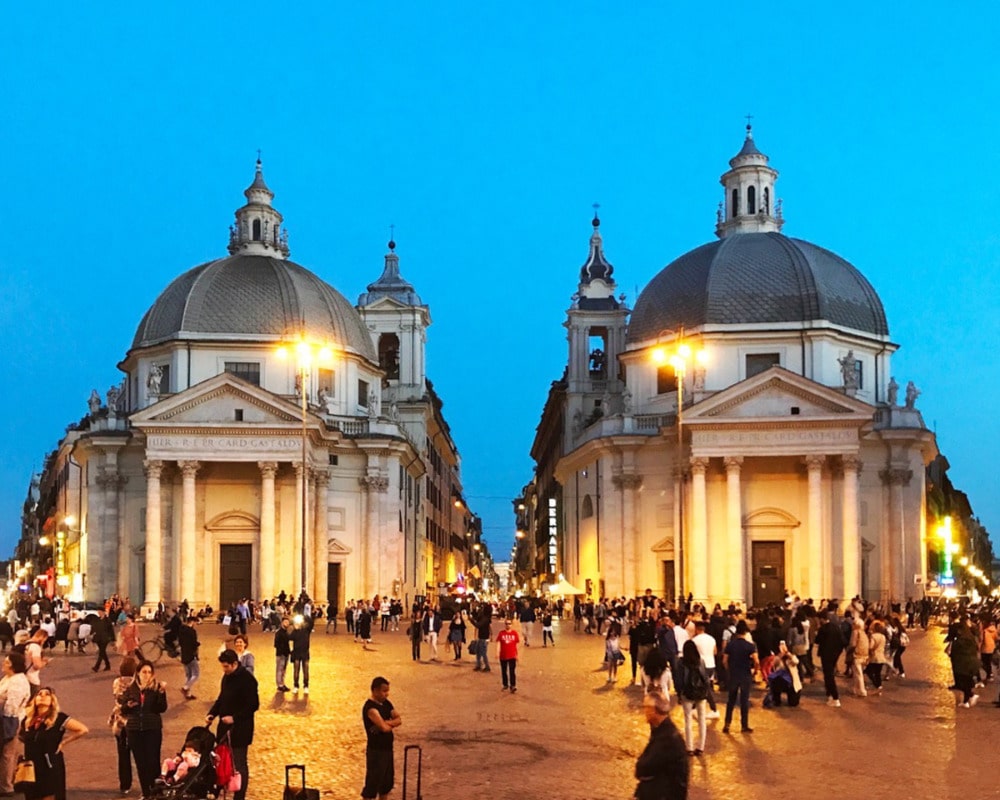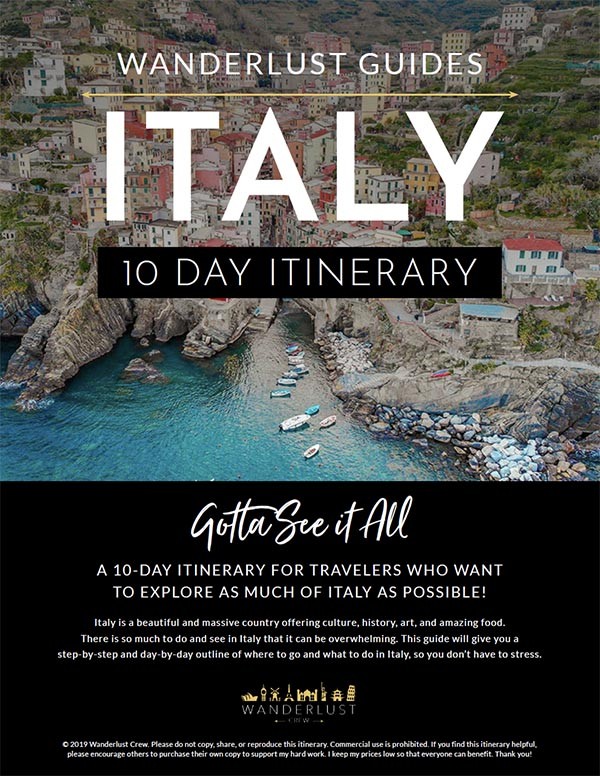Do you constantly think to yourself “I want to go to Italy!” as you scroll through social media looking at colorful cliffside villages and huge plates of pasta on gingham tablecloths? You’re not alone! Italy is one of the most beautiful countries in existence. From visiting big cities like Rome and Milan to the Riviera and countryside of Tuscany, everyone should get the opportunity to take a trip to Italy and experience la dolce vita at least once.
Despite the fact that Italian cuisine and culture are popular around the world, visiting Italy is a completely different ball game. This guide covers all the essential travel tips for Italy you need to know before visiting for the first time so you can avoid common travel mistakes.
It can be a surprisingly conservative country with unexpected own laws and rules. Let’s not even get started on the rules and traditions around food and drink yet! Knowing these basic Italy travel tips will allow you to focus your attention on buying cute leather handbags in Florence or sailing on Lake Como instead.
Don’t have time to read a bunch of reviews and blog posts? Here are our top picks for visiting Italy:
Get an Easy Italy Itinerary
Need a quick day-by-day, open-and-go itinerary for Italy? This guide does the work for you!
Awesome hotels in Italy
- Rome: Hotel Artemide
- Venice: Palazzo Madonna
- Florence: Hotel Santa Maria Novella
- Amalfi Coast: Hotel Villa Garden
- Cinque Terre: Il Sogno di Manarola
- Tuscany: Agriturismo Farm Stay
Fantastic tours in Italy
- Rome Vespa Tour
- Venice Walking Tour & Gondola Ride
- Tuscany Tour from Florence
- Pompeii with an Archaeologist
- Cinque Terre Boat Cruise
Renting a Car in Italy?
If you want to see the Italian countryside, I recommend you drive yourself. We prefer to use Rental Cars and Expedia Cars. We have had no issues with them and have been able to find the best prices available. Be sure to read these tips for renting a car in Italy.
Book a photoshoot
We always love to book a photoshoot when we’re traveling. As a mom, it’s tough to get in photos since I’m always behind the camera. We use Flytographer to capture our memories. You can get $25 off your shoot by booking at this link or using code FAMILYVOYAGE.
Be sure to buy travel insurance to protect yourself and your vacation expenses! Compare the top companies here to find the right plan for you.
1. Northern and Southern Italy are Very Different
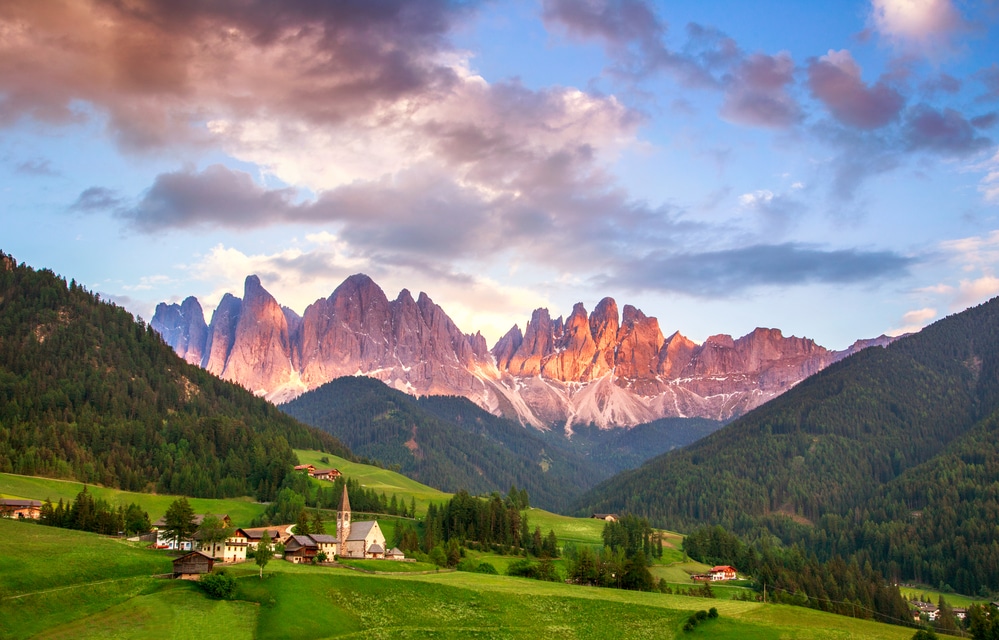
Italy wasn’t even a country until 1861 when most of the current 20 regions of Italy were united. 150 years isn’t a long time when you think about it, so each region is still totally different from each other. This variety is part of the fun of traveling to Italy and what keeps tourists returning again and again!
To put things simply, Northern Italy is very different from Southern Italy. Most of the reasons behind this are economic and employment-based, but there are other differences you’ll notice too.
Much of the landscape of Northern Italy is Alpine and lush with lots of vineyards, whereas the south is much hotter and has a stronger Mediterranean vibe. Both areas are worth visiting on your trip to Italy, but your style of travel and interests will dictate the best regions to visit.
2. Consider these Italian Destinations for Your Trip
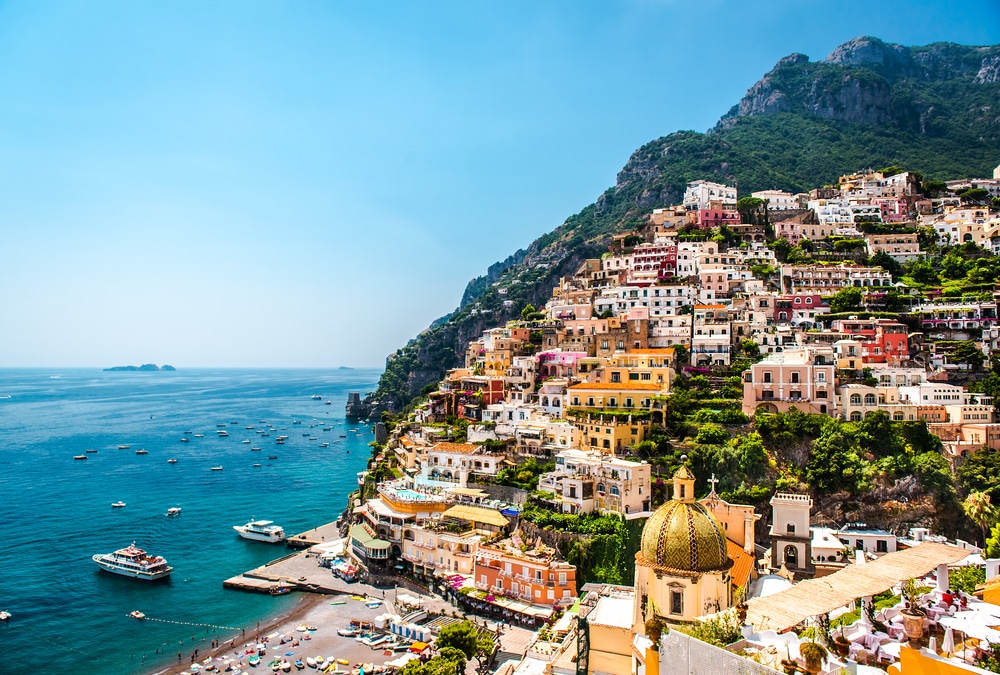
Let’s dig into some of the most incredible places to visit! If you’ve never visited Italy before, the entire country is your oyster, so this is a breakdown of just some of the most popular Italian travel destinations.
Italian Cities
- Rome – Italy’s iconic capital, you can also visit Vatican City
- Milan – International hub where you can visit Lake Como and Lake Maggiore
- Venice – Storied canal-laden city close to Verona and Lake Garda
- Florence – Heart of the Renaissance where you can take a day trip to Siena
- Naples – Birthplace of pizza and close to Mount Vesuvius
Regions
- Cinque Terre – Colorful cliffside villages on the Italian Riviera
- Tuscan Countryside – One of the best wine regions lined with cypress trees
- Italian Alps – Closely resembles Switzerland with lots of winter sports
- Amalfi Coast – Romantic cobblestone villages and beach resorts (pictured above)
- Sicily – Blend of Greece, Spain, and Italy with delicious street food
Check out the Amalfi Coast or Cinque Terre if you’re traveling as a couple in the warmer months. Families can head to the major cities with lots of kid-friendly activities and take day trips to the countryside.
Read more: Where To Go In Italy With Kids [& Important Planning Tips]
3. Book Tickets to Popular Tourist Attractions in Advance
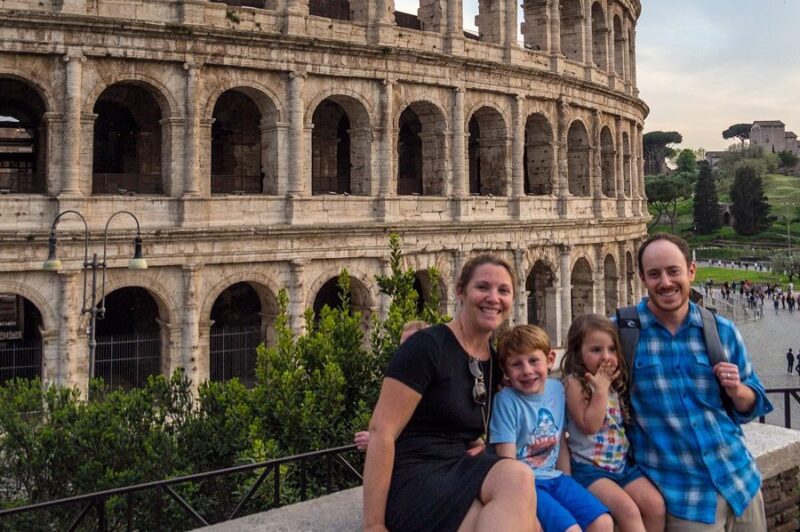
If you’re visiting any of the big cities in Italy, this is one Italy travel tip you should take. Most of the top museums, galleries, and landmarks will sell a limited number of tickets with time slots in advance. If you aren’t organized, you will have to line up on the day and potentially wait for an hour or more in the baking hot sun.
These are attractions like the Colosseum in Rome, Galleria dell’Accademia in Florence, and the Vatican Museums in Vatican City. It’s understandable that you don’t want to over plan your vacation, but just having tickets to the must-see attractions will make your trip much more enjoyable.
However, you can’t buy tickets to some of the top free attractions, like the Duomo in Florence and St Peter’s Basilica in the Vatican, for example. Consider if it’s worth booking a guided tour to skip those lines. For the St. Peter’s in particular it’s a really good idea to book a skip-the-line tour in advance as the wait can stretch on for ages! Check the availability calendar below and be sure to snag your tickets:
There’s one attraction where you will have to buy tickets in advance with no exceptions. There are only a finite amount of people who can get The Last Supper painting by Leonardo Da Vinci in their Milan itinerary each day. Again, you can book a guided tour if the public sale tickets are sold out – that option will also provide a lot more context to your visit!
4. Expect a Tourist Tax on Accommodation When Visiting Italy
When traveling Italy, you’ll quickly realize that all accommodations have to charge a tax for tourists by law. The amount will depend on the quality of your stay (e.g. hostel or luxury resort), the number of people on your booking, the number of nights, and which Italian city you’re visiting. Yes, this includes short-term rental apartments like Airbnbs!
For example, the tax ranges between €3 to €7 per person, per night in Rome. It normally needs to be paid in cash upon arrival. While it’s not a huge amount, if you’re traveling to Italy on a budget I don’t want you to be surprised! For a family of four spending 10 days in Italy it could easily add up to several hundred dollars.
5. Apartment Rentals and Hotels Will Ask for Copies of Your Passport
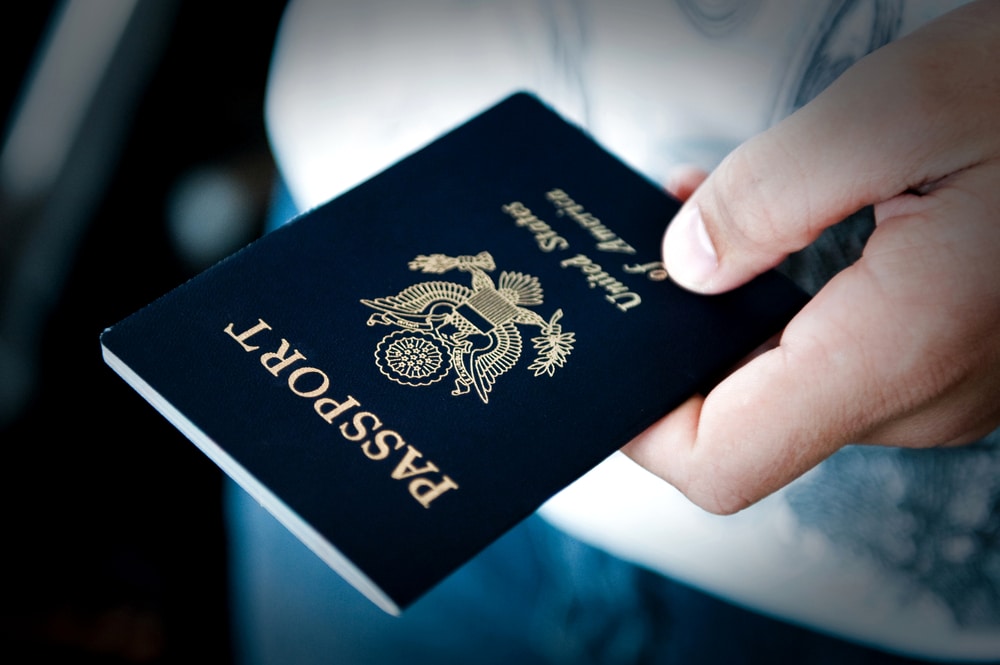
It’s normal for tourists to present their international identification (passport) when staying at a hostel or checking into a hotel room. But if you have booked an apartment rental for your trip to Italy, they will also ask for a photo of your passport page. If you have an in-person check-in, they might take a photo of it themselves.
This might seem a little suspicious, but it’s the law! They’re not going to use your passport information for anything other than passing it on to the local authorities.
6. You need to carry your passport with you at all times
Speaking of passports…
While there’s some debate about whether you need to bring your original passport with you rather than a copy, one thing’s for certain: by law, you can be stopped at any time in Italy and asked to show your passport or legal identification issued by your national government – a US drivers license is not sufficient.

Bringing your passport around with you can be nerve-wracking, as there is a risk of pickpocketing in Italy (as in all populated areas). You’ll want to make sure it’s in a secured inner pocket of your day bag. Wear it close to your body in the front, or on your side but with your hand on it at all times. The bag above is great because the inner compartments are secured by both a zipper and a flap.
7. Get an International Driving Permit to Drive in Italy
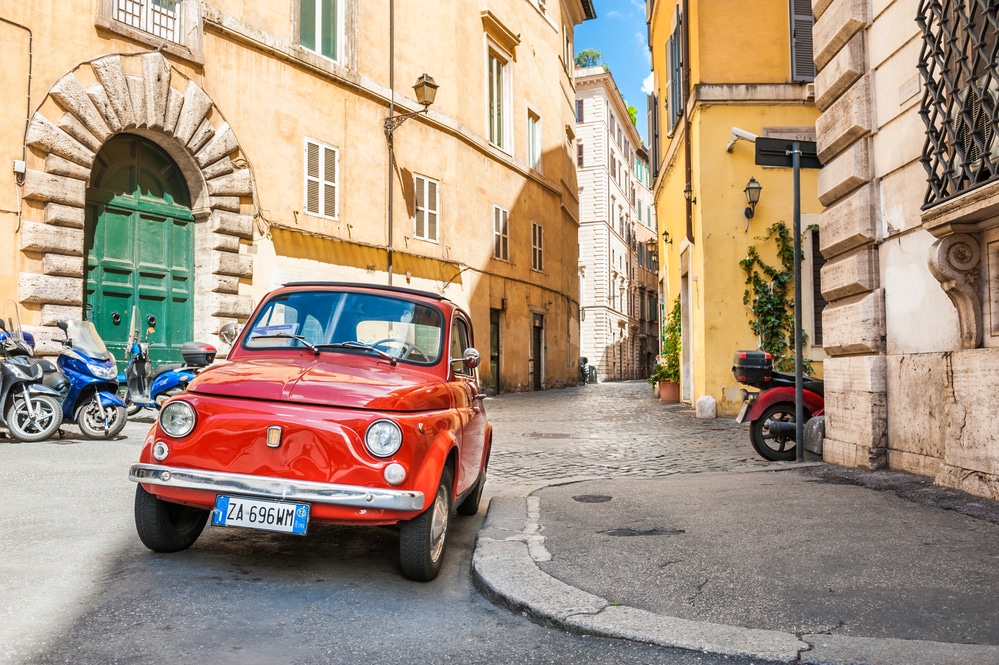
When planning your epic vacation, you’ll need to figure out how to travel in Italy. Car rental is a great choice, particularly if you have lots of luggage or want to visit remote destinations.
There are a few unique things to consider before renting a car in Italy. Other European countries may not have this requirement, but all non-EU drivers must present an international driving license when hiring from an Italian car rental company. They only cost around $20 and are super easy to get from AAA before you leave home.
You should also ensure you have extensive vehicle and travel insurance before getting a rental car. Narrow, winding Italian roads and reckless Italian drivers can make for a challenging car trip!
We use our Chase Sapphire Reserve for car rentals because it offers great primary insurance (meaning our own insurance wouldn’t get involved in a claim) and doesn’t exclude Italy. There’s also no foreign transaction fee and solid lounge access overseas. If you only have one travel credit card in your wallet, it’s a great choice!
8. Avoid Taxis – Most Italian Cities Are Walkable
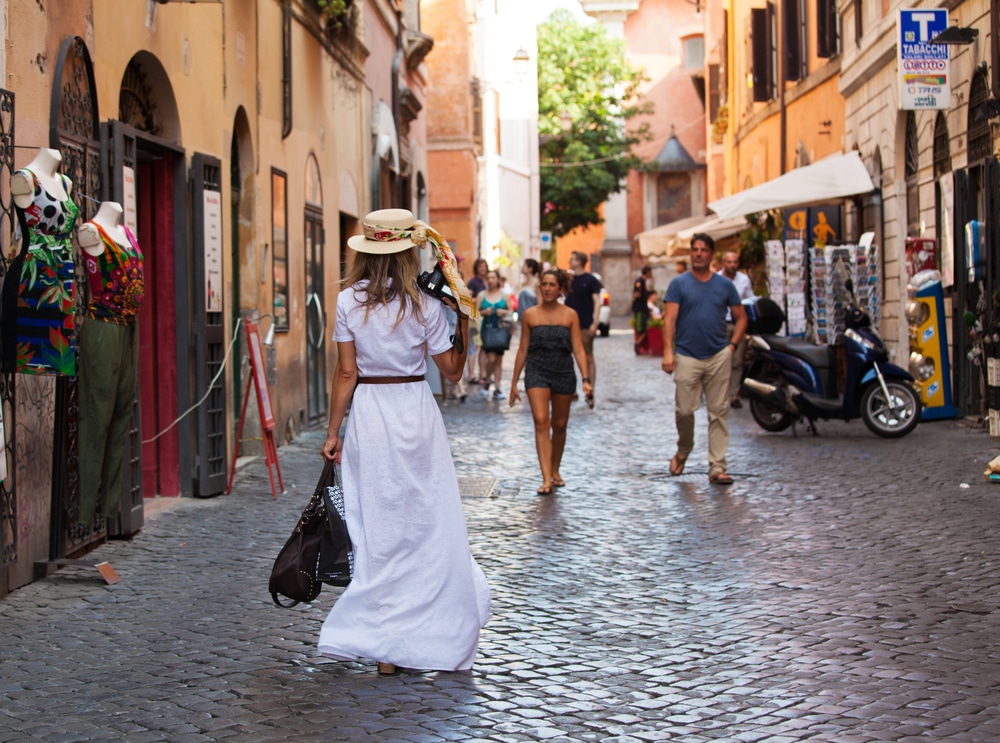
It’s totally understandable if you’d rather not navigate the Tuscan rail network after a 10+ hour flight with lots of luggage and multiple kids. That’s what pre-arranged airport transfers are for! Beyond that, opt for public transport or walk so you can avoid taking taxis altogether (if you’re able).
In my experience it can be challenging in some place to hail taxis off the street in many cities, leaving you to order one through your hotel or head to the nearest station for a taxi stand. Uber and other ride-share companies are still in their infancy and the traffic in some cities will make you’d wish you were walking anyway.
One of the best pieces of Italy travel advice is to walk when and where you can. Almost every historic city center in Italy is walkable (wear comfy shoes) and Google Maps will help you get around. You’ll see more side streets, charming churches, and allow for more spontaneous travel experiences.
9. Learn Italy’s Coffee Rules to Avoid a Faux Pas
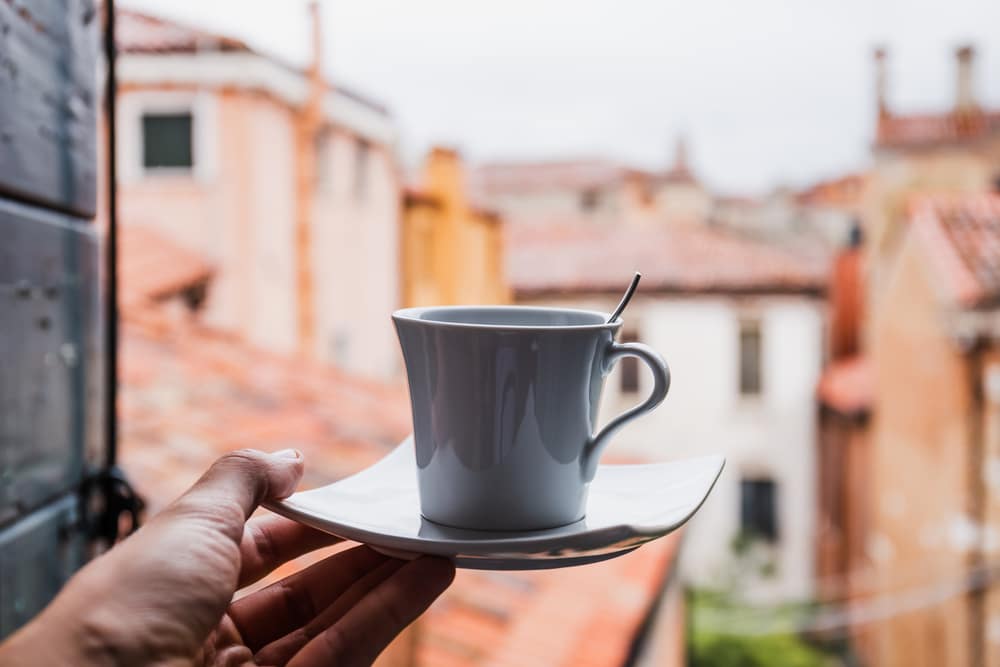
Wait, you can’t just drink coffee whenever and wherever you like?! You can, but in the spirit of ‘do as the Romans do’, you may want to put down that venti iced latte and assimilate to Italy’s coffee-drinking routine while you’re on vacation.
Generally speaking, Italians drink espresso by default. If you ask for a caffè in a coffee shop, you will be presented with one shot of black coffee. Macchiatos are becoming more and more common, and these are double-shot espressos with a dollop of foamed, hot milk.
For Italians, a cappuccino or other milk-heavy coffee drink is a breakfast drink. They wouldn’t be caught dead ordering one after lunch.
10. Train Travel Is the Best Way to Get Around Italy
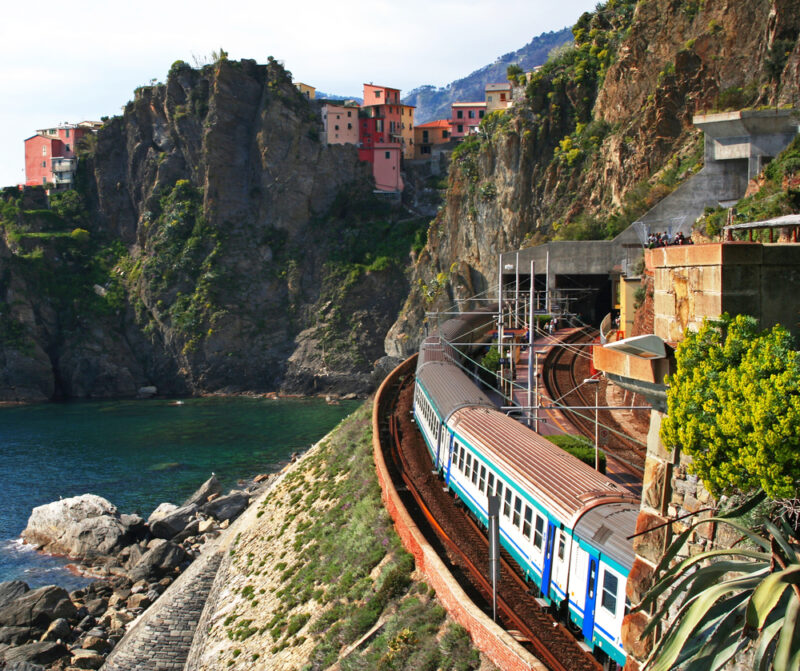
One of the best tips for traveling in Italy is to embrace train travel. Italy has an extensive public transport system and despite the odd strike or delay, it is affordable and super easy to understand. We’ve used the train for long-distance legs like Venice to Florence as well as day trips like Florence to Cinque Terre.
There are two main train companies: Trenitalia and Italo Treno, but there are others too. You can find a great explanation and book your tickets here. When traveling Italy between cities on an Italo Treno service, you need to buy your train ticket in advance to get a seat. For regional train tickets, you can buy them at the train station and sit in any free seat. That’s it!
Once upon a time, you needed to validate your ticket at the train station by using a date stamping machine on the platforms, but this is becoming obsolete. Download the Trenitalia app and screenshot your tickets.
Busy train stations might make you feel overwhelmed, but there are always information desks that can help you find your platform.
Read more: How to Travel to Italy on a Budget
11. Bring a Refillable Water Bottle for Drinking Fountains
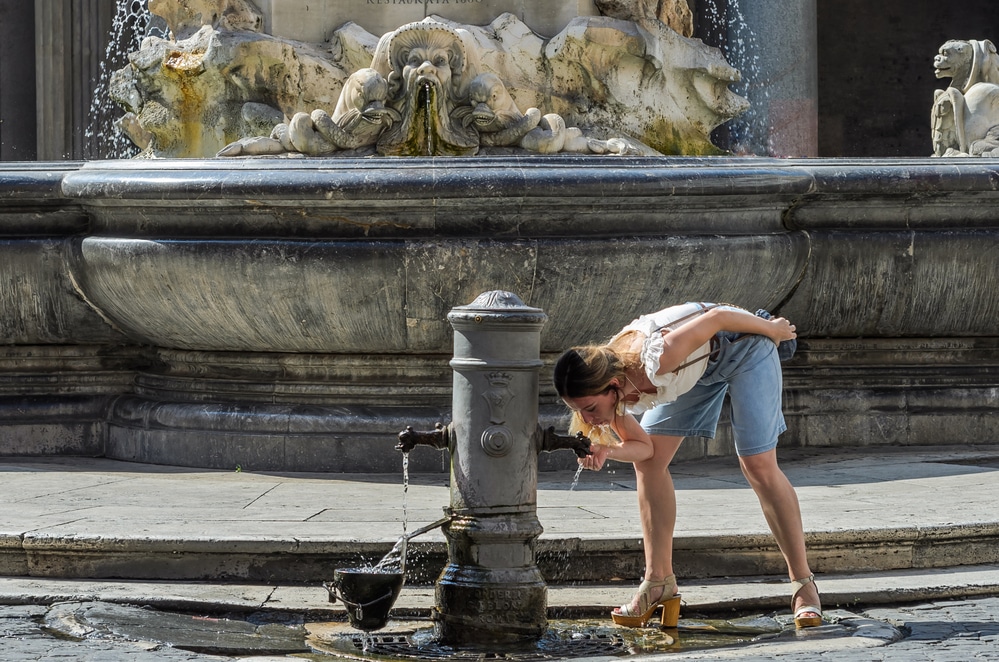
Put the bottled water back on the shelf and take advantage of the clean, free, and fresh drinking water available in some of Italy’s major cities. One of the top pieces of travel advice for Italy is to bring a reusable water bottle and only drink tap water while on vacation.
Rome is particularly famous for its 2,500 drinking fountains as the Ancient Romans worshipped water like a god. Venice, Verona, Pisa, Florence, Sorrento, Capri, and many other cities have these fountains.
By law, local authorities have to put a sign up if a fountain is not safe to drink. If there’s no sign, there’s no problem!
12. Adapt to Italian Dining and Eating Habits
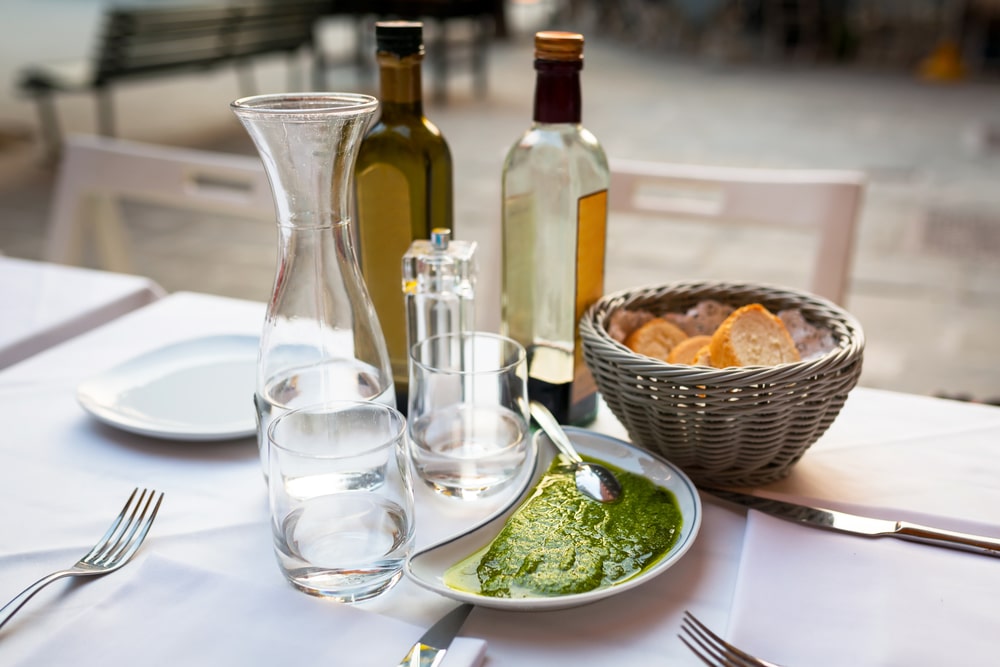
Aside from not drinking bottled water, there are other eating and dining habits unique to Italy.
Many Italians opt to eat a light breakfast of espresso with a sweet pastry. Traditionally, workers ate their light breakfast while standing at the counter of a coffee shop. One of the top Italy travel tips is that you do the same as it’s such a fun, local experience!
Beyond Italian breakfast, something else that some Italian restaurants do is include a ‘cover charge’ on your bill which is not a mandatory tip like it is in some countries. This extra cost is for fresh bread and sometimes sparkling water for the table. If you don’t want any bread or water, tell your server when they first bring it over.
Some Italians still go to their local market for fruit, vegetables, fish, and meat instead of a supermarket. If you are staying in an apartment and want to make your own food, consider shopping at a local market too.
13. Wear Conservative Clothing When Visiting Churches
You can’t walk two minutes without passing an ornate church in this country, and so many of the top landmarks are churches too. One key Italy travel tip is to pack conservative clothing or keep a light scarf in your backpack for extra coverage as necessary.
Most churches require visitors to cover their chests and shoulders. Exposed knees aren’t usually an issue, but booty shorts are a no-no.
14. Italy Is Not Warm Year-Round – Check the Local Weather
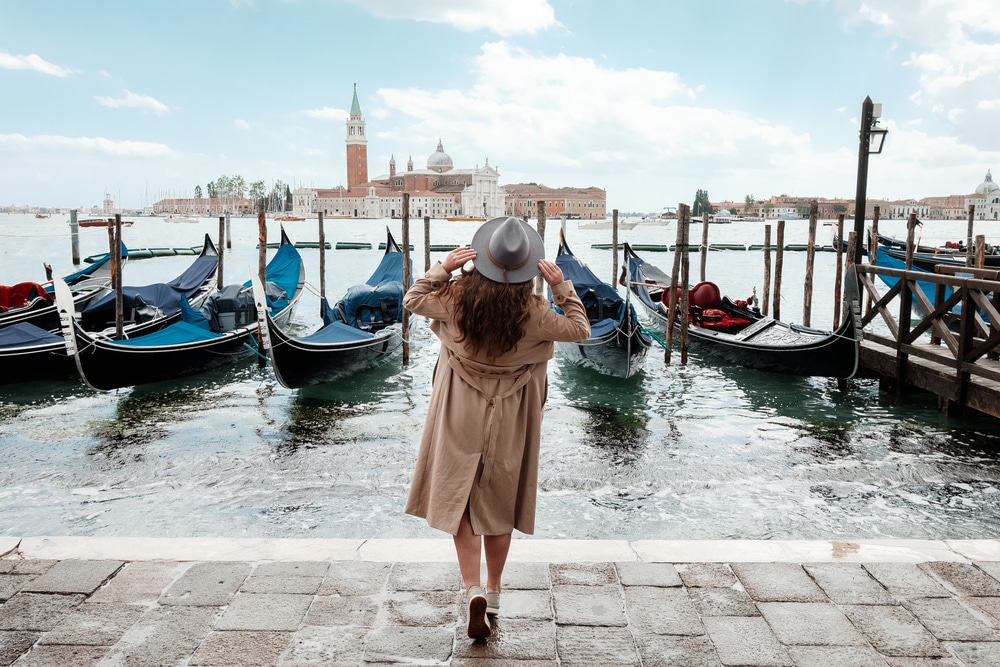
Speaking of clothing, you may need to rethink your wardrobe depending on where and when you are going to Italy. While it’s warm and dry during the summer months, you’d be surprised how cold Italy can get in the north.
One of the top, essential Italy travel tips is to check the weather forecast just before you leave. Pack at least one pair of long pants and a light sweater even if the weather looks warm in the shoulder seasons of spring and fall.
Read more: What to pack for Italy in Fall
15. Avoid Common Travel Scams in Big Cities in Italy
Every popular tourist destination has its fair share of pickpockets and travel scammers. Watch out for them when walking through a historic city center, like Piazza San Marco in Venice for example, and keep your belongings and valuables secure at all times.
One of the most infamous is the ‘friendship bracelet’ scam. Someone will attempt to tie strings around your wrist and say it is free until it’s knotted and they will ask for payment. Approaching you with a ‘free’ flower and making your partner pay up is another.
Leaving a small cup of change or postcards on the ground for you to accidentally walk across and seek compensation is a popular scam in Florence especially!
16. Public Bathrooms Are Almost Never Free
While public bathrooms are usually plentiful and free in the US, that’s not the case everywhere.
One of the best travel tips for Italy is to make use of cafe and restaurant bathrooms whilst dining. Keep some coins on you if nature calls and you need to use a public bathroom as there is almost always a charge. Even in train stations!
17. Follow These Tips for Choosing the Best Gelaterias
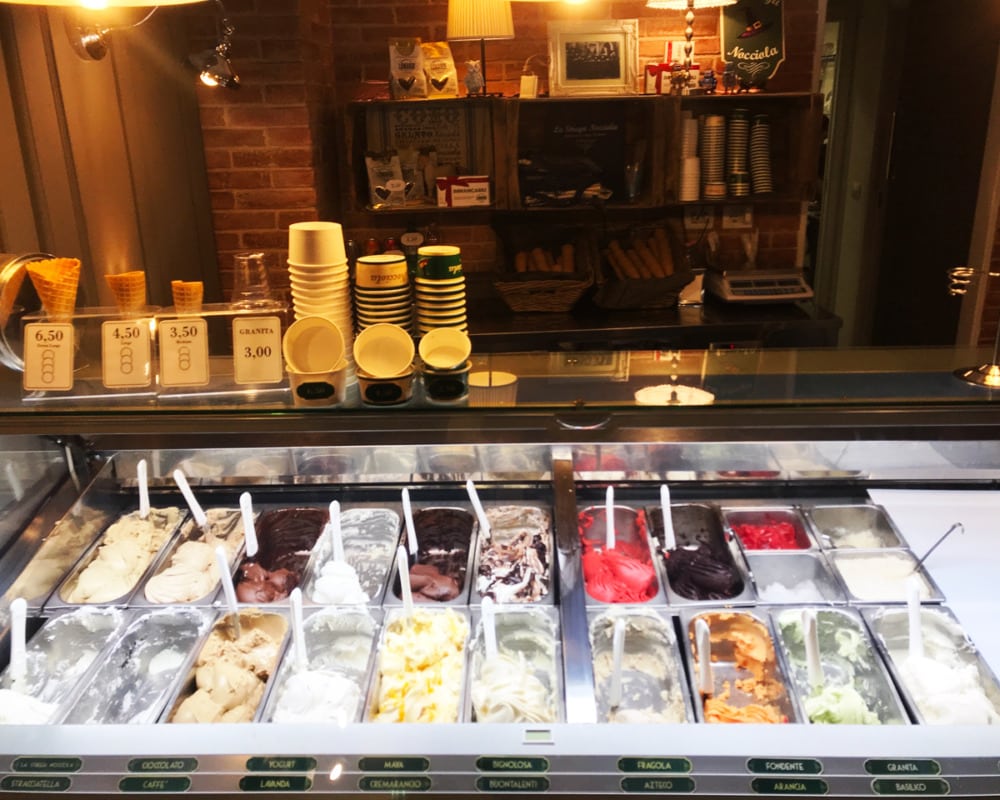
Not all Italian gelato is created equal. These Italy travel tips will help you choose only the best homemade, artificial flavor-free gelato made on the premises.
If the gelato is piled too high in the container, it’s been artificially ‘fluffed up’. Silver containers are a good sign as that’s how it gets transported from the kitchen to the shop. Look for natural colors i.e. pistachio is naturally an olive color and banana gelato should look almost white.
18. Drinking Wine Is Cheap and the House Wine Is Great
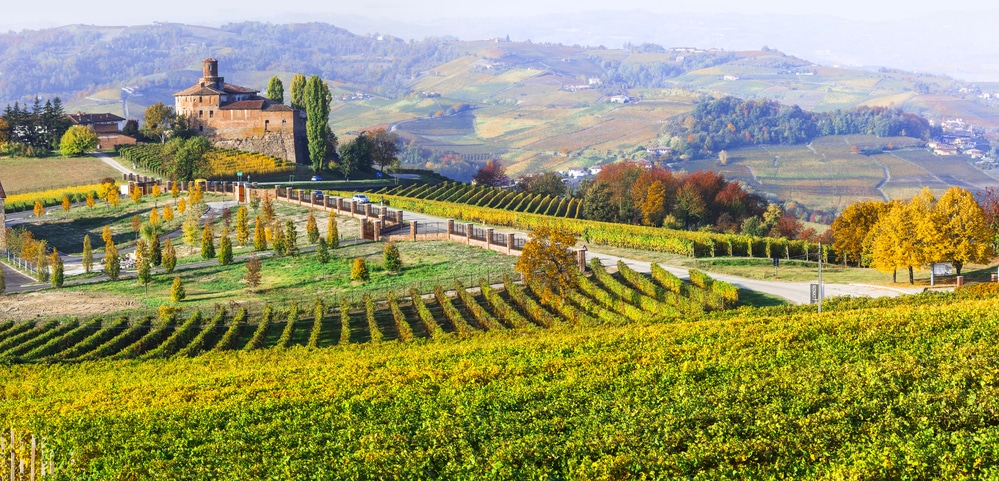
Do you love Italian wine? You’re in luck! Italian wine is sold in every restaurant and supermarket in the country. Head to Tuscany if you love Italian red wine and Veneto if you prefer white wine or sparkling.
House wine (known as vino della casa in Italian) doesn’t have the stigma of being the cheapest, worst wine on the menu either. Yes, house wine is still cheap and it’s not the best, but it’s usually either the restaurant’s own label or from a local vineyard. Many Italians will order this vino every time they dine out.
Italian wine is overall much cheaper than it is abroad too. Win-win!
19. Bring a Travel Credit Card and Cash – You’ll Need Both!
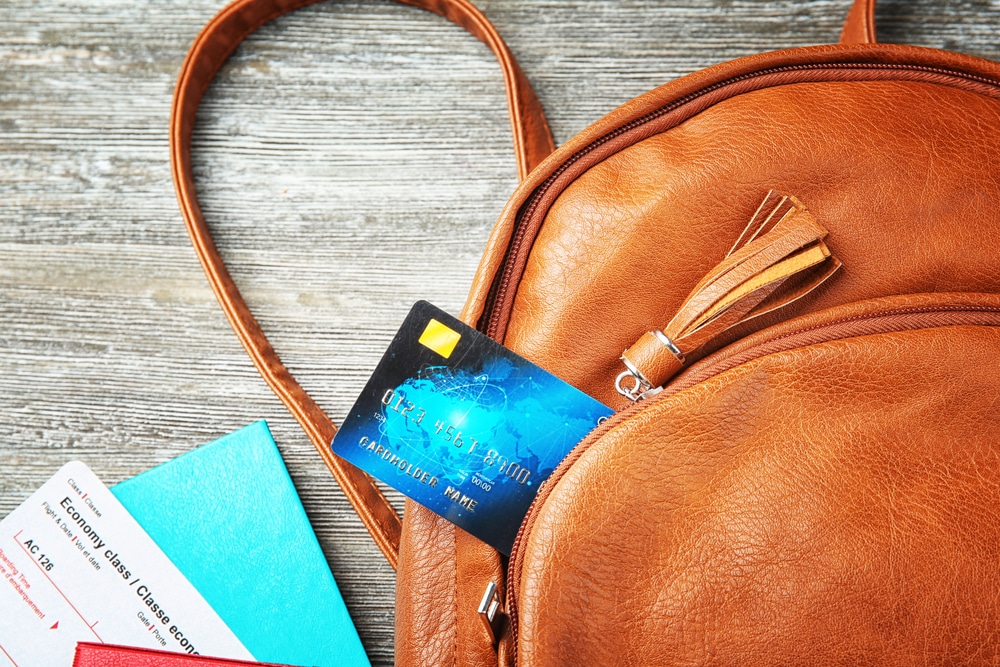
One of the essential travel in Italy tips you need to know is about money. Italy uses the euro and it’s a smart idea to carry both travel-friendly credit cards and cash.
What makes a credit card travel-friendly? For starters, be sure there’s no foreign transaction fee – usually you’ll need a card that charges an annual fee to get that critical feature. I recommend one like the Chase Sapphire Reserve that has really good travel insurance and emergency medical coverage. We used it all over the world and never had an issue, and the points we accumulated let us keep traveling longer!
If you usually use American Express, bring an alternative because many Italian vendors won’t accept them. Visa and Mastercard are widely accepted by hotels, restaurants, and stores but bring cash for tips, accommodation tax, and other small purchases.
Just don’t carry too much cash – if you get pickpocketed, your travel insurance will only cover so much.
20. Learn Some Basic Italian Phrases When You Visit Italy
You likely already know a couple of Italian words, but these visiting Italy travel tips will clue you up on the basis so you can throw in the odd phrase when chatting to servers and locals:
- Good morning – Buongiorno
- Goodbye – Arrivederci
- Informal Hi/Bye – Ciao
- Yes – Sì
- No – No
- Please – Per favore
- Thank you – Grazie
- Excuse me – Mi scusi
Just as long as you don’t accidentally say gracias instead of grazie, you’ll be doing better than some! (I admit to making that mistake myself – as a French and Spanish speaker, the languages are so similar that my brain sometimes runs on autopilot.)
21. Dine Away from Piazzas and Eat Regional Italian Food

One of the simplest Italy travel tips is to avoid eating at restaurants in piazzas in big cities.
By all means, order a cocktail and enjoy people-watching. But you’ll find cheaper, better Italian food a block away down a side street or in a residential neighborhood.
22. You Won’t Find Spaghetti Bolognese on Italian Menus
There’s American food, there’s Italian food, and there’s Italian-American food. One of the mind-blowing things to know before traveling to Italy is that many dishes you think were invented in Italy weren’t.
Garlic bread is a type of bruschetta in Italy and not a common one. Bolognese sauce exists, but it’s not usually served with mincemeat like spaghetti bolognese.
And what about pepperoni? If you ask for that in Italy, don’t be surprised to find chopped bell peppers on your pizza.
23. Embrace Italian Culture and Dolce Far Niente
A key piece of advice on traveling to Italy is to just relax. The Italians have a saying, dolce far niente. It means the sweetness of doing nothing.
Leave some room in your trip itinerary to wander without looking at your Maps app or sip a cappuccino at a cafe without looking at your phone.
Essential Italy Travel Tips to Know Before Your Vacation
These travel tips for Italy will help you know what to expect from Italian menus, accommodations, locals, and more so you can feel confident and safe on vacation. Whether you’re hiking Cinque Terre at sunset or eating cannoli in Sicily, you’ll have the time of your life on your summer vacation, Italian style!
Don’t miss these additional resources as you plan your trip to Italy:

